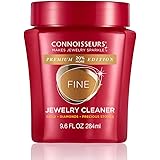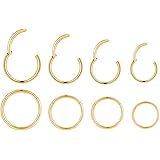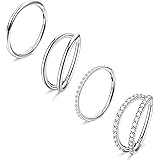
Hallmarks are a form of identification that is applied to jewelry items in order to determine the purity, fineness and origin of the precious metals used to make them. They are important to consumers, as well as to antique and vintage jewelry historians, for a variety of reasons.
The first hallmarking system for gold dates back to the 1200s, when craft guilds were established in Europe. These guilds appointed state-appointed assayers to test gold and other precious metals to establish their authenticity.
This was a very early form of consumer protection, as it ensured that the gold used in a piece of jewelry was pure and free of impurities. In addition to identifying the purity of the gold, the hallmarks also allowed buyers to know who made the piece and the date it was made.
Today, many countries require that all jewellery sold in their borders have a hallmark from a reputable assay office to guarantee the quality of the precious metal. In some countries, the hallmark also includes a number that indicates the value of the item.
Depending on the country, you can find a variety of different gold hallmarks. Some of them are simple and straightforward, while others are quite elaborate and complex.
In general, a hallmark on jewelry consists of a purity mark, a maker’s mark and a date letter. These are positioned in a horizontal line on the front of the item, slightly less than 1.5mm high. The other hallmarks you’ll see are optional, mainly for decorative purposes.
The first stamp you should look for when inspecting a piece of jewelry is the purity stamp. This marks the percentage of gold used to create it, which is often a good indicator of its value. For example, sterling silver is 92.5 percent pure silver, while gold-filled jewelry has a mix of gold and another metal alloy.
Keep an eye out for signs of impurities like copper, nickel and zinc. These can affect the appearance of the item and may indicate that the jewelry is not gold at all but a combination of metals like sterling silver with a coating of gold or other alloys.
If you have any concerns about the hallmarks on your jewelry, contact a professional jeweler to verify its authenticity. They can use a variety of tools to check your piece for hallmarks that are not valid or for markings that have been damaged with wear and tear.
For serious jewelry collectors, the study of hallmarking is an enjoyable research avocation. The hallmarks on jewelry are a bewildering array of symbols, often rooted in assay office or guild requirements from years past and sometimes even according to the region where the piece was manufactured.
A full set of hallmarks usually consists of a purity mark, corresponding with the metal in question, a maker’s mark and if applicable a town or province mark. Those from a particular country or region will often combine these marks into an individual symbol, like a lion or Britannia, to identify the sterling-silver purity of English jewelry, while French pieces would have an eagle or boar’s head indicating the city in which they were made and a Paris or other assay office.









